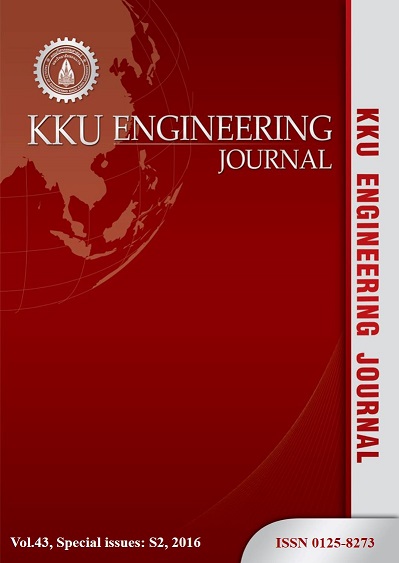The impact of transport infrastructure development on modal shift: case study of rubber goods in the southern Thailand
Main Article Content
Abstract
Thailand is a major agricultural production country in the Southeast Asia. The government has promoted developments of transport infrastructure to increase the value of agricultural goods and reduce the transportation costs. However, such developments are still in strategic plans of all products, not by product. This paper studies the impact of transport infrastructure development on a modal shift for rubber product transport in the southern Thailand. The multimodal transport model was developed to evaluate the impact. The results show that if all government projects, including the improvement and expansion of major roads to have at least four lanes along with the development of rail and water transports, are implemented; the transport time and cost could be reduced. However, there are a few modal shifts because the development of rail and water transports is insufficient to make the rail and water transports more convenient than the road transport. Therefore, more rail and water transport facilities, e.g. transfer points between truck and train (and port) as well as road network connecting the center of cargo transshipment and port, should be improved to enhance the capability of transport infrastructure in Thailand and interregional trade.
Article Details
How to Cite
Luathep, P., Jaensirisak, S., & Saengpradab, S. (2016). The impact of transport infrastructure development on modal shift: case study of rubber goods in the southern Thailand. Engineering and Applied Science Research, 43, 225–227. retrieved from https://ph01.tci-thaijo.org/index.php/easr/article/view/70195
Section
ORIGINAL RESEARCH
This work is licensed under a Creative Commons Attribution-NonCommercial-NoDerivatives 4.0 International License.



